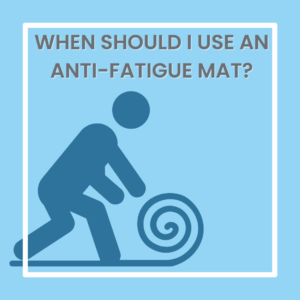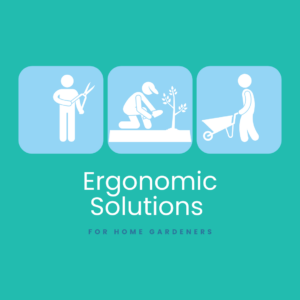Updated: Mar 30, 2023
Ergonomics and Carpal Tunnel Syndrome
Carpal Tunnel Syndrome is a common neurological disorder that occurs when the median nerve, at our wrist, becomes pressed or squeezed. The median nerve runs from the forearm to the palm of the hand. Next to the median nerve are tendons that help to bend the fingers. Together the median nerve and tendons pass through a narrow, rigid passageway of ligament and bones at the base of the hand called the carpal tunnel.
The median nerve provides feeling to the thumb, index, and middle finger, and part of the ring finger. It is not associated with the little finger. Some of the muscles at the base of the thumb are also controlled by the median nerve.
Around the median nerve are tendons. If the lining of tendons becomes irritated, it can become thickened. There is also a possibility of other swellings to occur at the carpal tunnel. If either of these two things occurs, it narrows the tunnel and compresses the median nerve. Compressing the median nerve at the carpal tunnel results in carpal tunnel syndrome. Initial symptoms include numbness (particularly at night), a feeling of fingers being useless or swollen, and/or a tingling sensation or pain in the fingers. If symptoms become worse, people might feel tingling during the day (especially with certain activities such as holding your phone while scrolling, reading a book, or driving), worsening pain (especially at night), and hand weakness.
When carpal tunnel syndrome goes untreated, there is a possibility that the muscles at the base of the thumb may atrophy. Temperature sensation may also be affected which may allow someone to burn their fingers without knowing it.
If you feel you are experiencing carpal tunnel syndrome, please schedule a physical exam with your doctor. Early diagnosis and treatment are important to help avoid permanent damage to the median nerve.
5 Ergonomic Considerations
There are many causes of carpal tunnel syndrome. In the ergonomic world, the two causes that are considered most often are due to repeated use of vibrating hand tools and repetitive and awkward wrist and hand motions, especially wrist flexion.
In order to reduce the risk of carpal tunnel syndrome as it relates to ergonomics, consider the following:
- Maintain a neutral wrist position in all aspects of your life, at work and at home. This includes your workstations, tools, and tool handles. A neutral wrist position would be the same position that you would be in if you were standing or sitting while holding a cup of water. For office workers, this would be focused on your mouse and keyboard to reduce repetitive pronation while typing and mousing. When typing on a keyboard allow your wrists to be free floating and not resting on a hard surface. If you have a gel wrist pad or other soft pad in front of your keyboard, avoid resting your wrists on this surface. It is okay to rest the bottom of your palms on a soft surface, but not your wrists. For other workers, a neutral hand position could be better promoted with the best work surface height or tools.
- Reduce your hand force. Avoid grasping items too tightly, such as hand tools and a computer mouse. Your hand should gently rest on your computer mouse while assisting it to move. Also, avoid squeezing and grasping your pen too tightly as well.
- Wear gloves designed for the job task and keep your hands warm. If you are indoors and your hands have a tendency to get cold, it is appropriate to wear fingerless gloves to keep your hands warm and flexible. For other job tasks, wear gloves with gription technology to reduce the amount of force needed to grip an object. Also, consider wearing gloves with anti-vibration technology which helps to reduce the amount of vibration that travels directly to our hands.
- Stretch and take rest breaks. Refer to these stretches to help maintain your hand health and function. Alternating job tasks helps to activate different muscle groups. This allows various muscle groups to rest while another muscle group is active.
- Be mindful of your posture. Practicing a good posture helps to keep your shoulders in a neutral position. If you find yourself in an incorrect position or poor position, you may notice your shoulders rolled forward. This position shortens the neck and shoulder muscles and compresses nerves at the neck level, which can also end up affecting wrists, fingers, and hands.
Practicing the above ergonomic considerations can help to reduce the risk of carpal tunnel syndrome and help to improve symptoms. Be mindful of other physical attributes that can increase the risk of carpal tunnel syndrome such as anatomic factors, gender, nerve-damaging conditions, inflammatory conditions, medications, obesity, body fluid changes, and other medical conditions.
Check out our YouTube video below for a visual representation of the blog!
Jul 8, 2024
Jun 10, 2024



